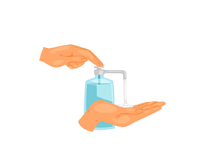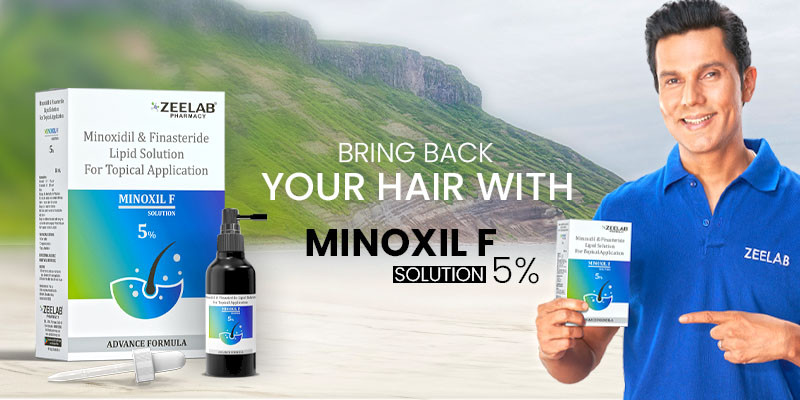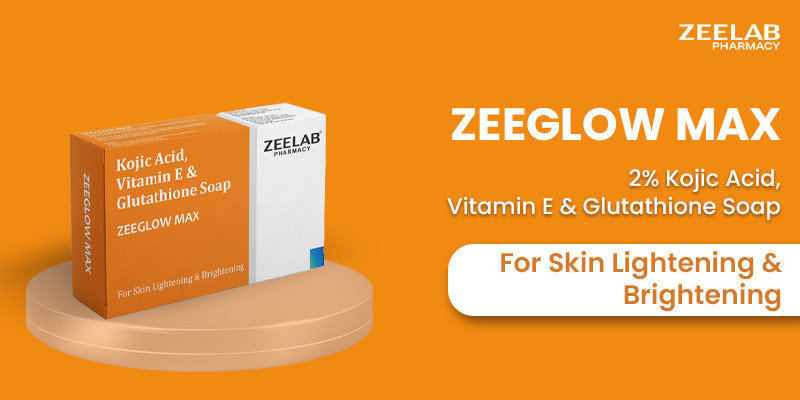Fluorescein
Fluorescein is a dye used in various medical applications, particularly in ophthalmology. It is commonly used in eye examinations to detect corneal abrasions, monitor blood flow, and assess the function of blood vessels in the retina. Fluorescein is also utilized in angiography, where it helps visualize the blood vessels in the eye. This dye is also employed in certain diagnostic tests for identifying leaks in the blood-brain barrier or to evaluate other vascular conditions.
Uses of Fluorescein
- Used in fluorescein angiography to visualize blood vessels in the retina and identify issues such as macular degeneration or diabetic retinopathy
- Helps detect corneal abrasions and foreign bodies in the eye
- Utilized in diagnostic tests to monitor the blood-brain barrier and vascular integrity
- Can be used for identifying leaks in tissues or blood vessels during medical evaluations
How Fluorescein Works
Fluorescein works by emitting a bright green fluorescence when exposed to ultraviolet light. This property makes it useful in medical imaging, particularly in eye examinations and angiography. The dye is injected or applied topically, depending on the condition being diagnosed, and it highlights areas of concern, such as blocked or leaking blood vessels in the eye.
Benefits of Fluorescein
- Assists in the early detection of retinal and eye conditions, improving diagnosis and treatment outcomes
- Helps in the visualization of blood vessel structure and function, crucial for diagnosing vascular issues
- Non-invasive method for assessing corneal health and foreign body detection in the eye
- Improves accuracy and efficiency in various diagnostic procedures
How to Take Fluorescein
Fluorescein is typically administered by a healthcare provider in either an intravenous (IV) injection or eye drop form. In fluorescein angiography, the dye is injected into a vein, and the progression of the dye through the blood vessels is captured using special cameras. For eye exams, a drop of fluorescein is placed on the surface of the eye, where it helps detect abrasions or foreign bodies.
Type of Dosage Available
- Eye drops
- Injection (IV)
Side Effects of Fluorescein
- Rare allergic reactions, such as itching, rash, or swelling
- Nausea or vomiting, especially after intravenous administration
- Temporary yellow discoloration of urine after injection
- Minor irritation or discomfort in the eye if used as eye drops
- In rare cases, severe allergic reactions such as difficulty breathing (requires immediate medical attention)
Safety Advice
- Inform your doctor of any allergies, particularly to dyes or contrast agents
- Notify your healthcare provider if you are pregnant, breastfeeding, or have kidney issues
- Fluorescein should be administered under medical supervision
- Use caution if you have a history of asthma or other respiratory conditions, as allergic reactions may occur
- Make sure your doctor is aware of all medications you are taking to avoid potential interactions
Frequently Asked Questions (FAQs)
Q. What is Fluorescein used for?
A. Fluorescein is primarily used to detect corneal abrasions, monitor blood flow in the eye, and assist in retinal angiography for diagnosing eye conditions such as macular degeneration or diabetic retinopathy.
Q. How does Fluorescein work?
A. Fluorescein works by emitting a green fluorescence when exposed to ultraviolet light, helping to highlight areas of concern such as blood vessel leaks or foreign bodies in the eye.
Q. What are the side effects of Fluorescein?
A. Side effects may include allergic reactions, nausea, yellow discoloration of urine, and minor eye irritation. In rare cases, severe allergic reactions can occur.
Q. How is Fluorescein administered?
A. Fluorescein is usually administered either as eye drops or through an intravenous (IV) injection, depending on the diagnostic procedure.
Q. Can Fluorescein cause any long-term effects?
A. Fluorescein is generally safe when used as directed. Any side effects are typically temporary and resolve after the procedure. If you experience severe symptoms, consult your healthcare provider.
Download India's most affordable pharmacy app
- Compare with medicine prices
- Save upto 90% on your medicine bills

Temperature Controlled storage and delivery

Regular Sanitization

Disinfected Packaging














 Added!
Added!